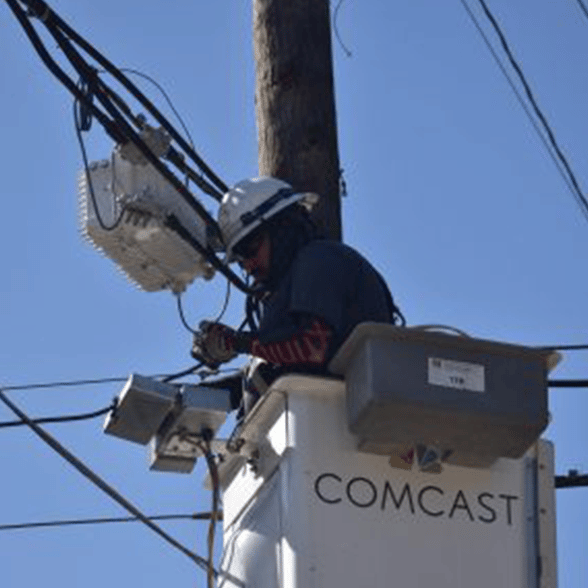
As a rule, major transitions in technology and revenue models are slower to develop than most predict.
In other words, when looking at the transition from linear TV to online TV, or the business impact of any major new technology, the amount of change tends to be overestimated in the near term, and underestimated in the long term.
The issue often hinges on the inflection point, the point in the consumer electronics industry adoption cycle where some new product reaches adoption by about 10 percent of homes.
That is important because adoption rates become non-linear after the inflection point, at least for highly-popular products.
OTT Video Adoption
We continue to inch along towards an inflection point for streaming delivery of major programming networks.
The National Basketball Association and ESPN are planning a new online video service that would stream regular season games, apparently on an over the top basis, without requiring purchase of a linear video subscription.
The contract rights for such a move have been approved by the NBA, which means we might eventually see a direct-to-consumer NBA package similar in revenue model to HBO’s over the top streaming service and the CBS All Access over the top streaming service.
Starz likewise is launching an over the top video streaming service for Asia, Africa, the Middle East and Latin America.
It seems only a matter of time before other channels and networks also decide it is time to launch their own OTT services as well.
The issue is whether we already have reached an inflection point, the time when change happens rapidly and on a widespread basis, or whether the inflection point awaits.
You might wonder why this matters.
Future market leadership tends to hinge on which firms already are in a new market when the inflection point is reached.
In other words, the “fast follower” strategy tends not to work at times of disruption and new market formation.
The reason is the behavior of customers in new markets, and the consequent impact on product adoption rates.
In brand-new markets, adoption grows so quickly after the inflection point that there simply is not time for a new contestant to gear up to meet the demand.
If a firm has not already positioned in the new market space, it often takes too long to respond to the new market’s sudden emergence.
And that means market leadership goes to one or more firms that already have invested in the new space, and are poised to scale up operations quickly once a mass market develops.
Confusion Ahead
So what should we expect, if and when over the top streaming becomes something nearly every major network concludes is necessary?
Almost immediately, marketing confusion will reign. Even if most consumers would prefer to buy “only the channels or programs I actually watch,” a full a la carte market will increase the amount of work consumers have to undertake to figure out how to buy content they prefer.
Where today people might compare Netflix to Hulu to Amazon Prime, they later will have to conduct similar analysis of those choices, plus HBO, ESPN, CBS and scores of other offers.
It already is possible to predict that most consumers will reject that amount of effort, and look for a bundled solution that offers most of what they want, with a single buying decision.
And that is where it will matter whether a proposed bundler already is in the market for over the top video, or has to start from scratch.
Once the inflection point is reached, and transition happens, new markets tend to form in just a few years.
So unless a firm already is in position, it often is impossible to catch up, before the market structure is established.
And that is why inflection points matter, for suppliers as well as customers. Generally speaking, only firms already in the nascent market will be in position to capture market share once the inflection point is reached.


